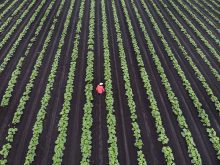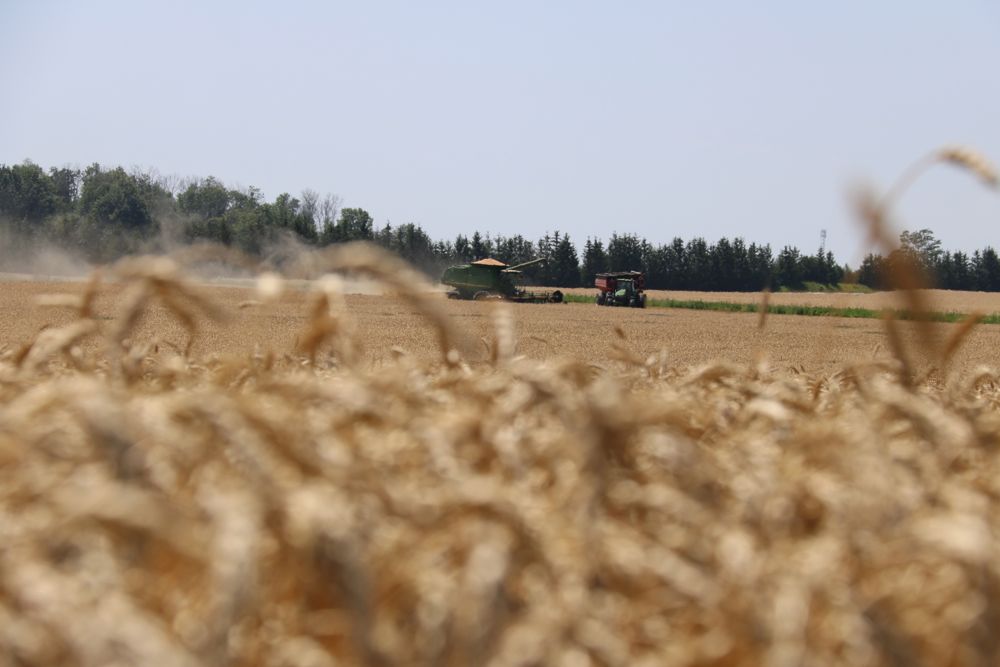PestPatrol with Mike Cowbrough, OMAFRA
Fall is a great time to target many perennial weeds. Cooler temperatures as well as specific growth stages will trigger them to move food reserves down to the roots for overwintering. Applying a herbicide that translocates or moves within the plant means more herbicide can also find its way to the root. Therefore control is usually better than when the same perennial weed is targeted in the spring.
For instance, studies conducted at the University of Guelph over the years have consistently found that control of dandelion is significantly better when glyphosate is applied in the fall versus the spring. So for perennials, fall applications will give you more for your herbicide dollar.
Read Also

Could crop sharing be a viable option for your farm?
Crop sharing could be a good option for young and beginning farmers.
Cooler temperatures
The challenge with fall weed control is the mindset that because temperatures are getting cooler, the herbicide application will have little impact. After all, active weed growth and good weed control are usually associated with warmer temperatures. However, just as some crops can grow under cooler conditions (i.e. winter wheat), so too will many perennial weed species. In fact, some species will require a light frost before they begin to send sugars down to their root system.
Post-harvest weed control
There are mainly four herbicides registered for post-harvest weed control in Ontario: 2,4-D, Amitrol 240, Banvel II (and other dicamba products) and glyphosate.
Refer to the Ontario’s Guide to Weed Control (Publication 75), which can be downloaded for free at www.goo.gl/fDXPd for specific information regarding weed specific rates, use precautions and recropping restrictions. In general, glyphosate is the most widely used post-harvest herbicide as it is very effective, it is economical and it provides the greatest level of recropping freedom for the following spring. Glyphosate is also the only product that can be applied pre-plant prior to a winter cereal.
Appropriate growth stages
The key to successful long-term control of perennial species is targeting the herbicide application at the appropriate growth stage. Table 1 gives an overview of the best growth stage to apply an effective herbicide for control of the many common weed species.
It is important to note that the best growth stage for application doesn’t always occur at a time that is practical for fall herbicide applications. For example, the best time to apply a herbicide for the control of field bindweed is at the full-flower stage. Most of us can appreciate that field bindweed is usually at full flower in July, certainly not in September or October. So another approach for control of this species would be to plant a glyphosate-tolerant crop and apply two in-crop applications. However, targeting field bindweed with a fall herbicide application after a winter cereal can still be quite effective provided there is regrowth of this weed.
Cereal stubble and red clover
Cereal stubble provides a tremendous opportunity to clean up some of those troublesome perennial weed problems. Even if you have red clover that was underseeded, the optimal time for control of red clover to maximize biomass, which is around mid- to late October, is also a good time to deal with many perennial weeds. In University of Guelph research trials, glyphosate (360 g/l) at one l/ac. + Banvel II (dicamba) at 0.25 l/ac. provided the best control of red clover.














